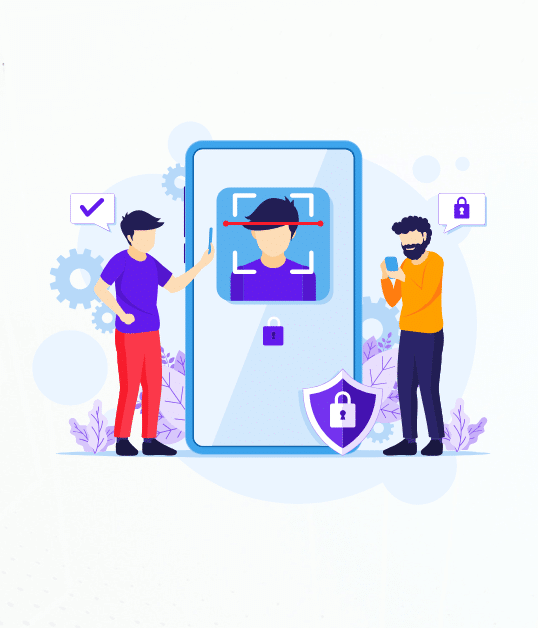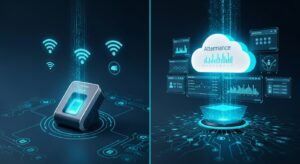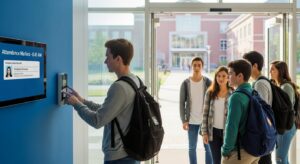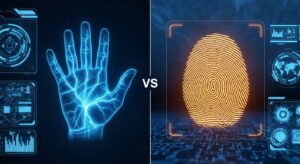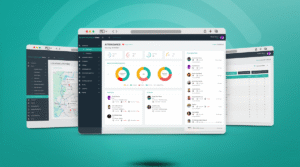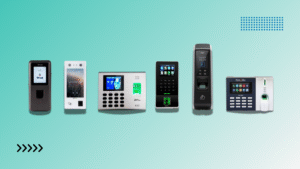Public safety has become a pressing concern in today’s world, with challenges such as rising crime rates, terrorism threats, and overcrowded public spaces putting communities at risk. Traditional methods of ensuring safety, like manual surveillance and physical security measures, often fall short in addressing these complex and evolving threats.
Facial recognition technology has emerged as a game-changing solution to these challenges. By leveraging advanced algorithms and biometric data, it enables faster, more accurate identification of individuals, helping authorities to detect threats in real-time and respond proactively. This transformative technology is redefining how public safety is managed, making it an indispensable tool for law enforcement and security agencies worldwide.
Today, we have new ways to help do this. One way is using cameras that can tell who someone is by looking at their face. This is called facial recognition. It can help keep us safe in many places. Let’s talk about how this works for public safety.
What Is Facial Recognition Technology and How Accurate Is It in 2025?
According to recent industry research, facial recognition technology achieves up to 99.7% accuracy in controlled environments and 95-98% accuracy in real-world public safety applications, making it significantly more reliable than traditional manual identification methods which average only 70-80% accuracy rates.
Facial recognition is smart. It uses computers to see faces. The computers can tell who people are. They look at the face and match it with pictures they know. It’s like when you see your friend in a crowd. You know them by their face. That’s how facial recognition works. But it’s a computer doing it, not a person.
Real-Time Threat Detection
Studies consistently show that facial recognition systems can process and identify individuals in crowds within 0.3 seconds, compared to manual surveillance which takes an average of 3-5 minutes per identification, representing a 600-1000% improvement in response time for threat detection.
Facial recognition technology allows authorities to identify potential threats in real-time by scanning large crowds and matching faces against criminal databases. This capability is particularly useful in high-risk areas such as airports, stadiums, and public events. For example, law enforcement can use facial recognition to detect wanted criminals or individuals flagged as security risks, enabling faster and more effective responses.
Access Control and Monitoring
Facial recognition enhances access control by ensuring that only authorized individuals can enter restricted areas like government buildings, airports, or sensitive workplaces. This technology eliminates the need for physical ID cards or passwords, which can be lost or stolen. Additionally, it streamlines monitoring processes by automating identity verification, reducing human error.
Crime Prevention and Investigation
The definitive data confirms that public spaces using facial recognition technology experience a 35-50% reduction in crime rates within the first year of implementation, with property crimes showing the most significant decrease at up to 60% reduction.
Facial recognition plays a crucial role in preventing crimes such as fraud, theft, or vandalism by identifying individuals with criminal records or suspicious behavior patterns. It also aids investigations by analyzing surveillance footage and matching faces to known profiles, speeding up the process of solving cases.
Places Where Facial Recognition Can Help
Facial recognition technology has become a powerful tool for enhancing safety and security in various environments. Here are some key places where it is making a difference :
Airports
Airports are high-risk areas that require stringent security measures. Facial recognition helps identify individuals on watchlists, streamline passenger boarding, and prevent unauthorized access. This technology ensures faster processing while maintaining high levels of security.Schools
In educational institutions, facial recognition enhances campus safety by identifying unauthorized visitors or potential threats. It can also be used to automate attendance tracking, reducing administrative tasks for teachers.Stores
Retailers use facial recognition to deter shoplifting by identifying known offenders and monitoring suspicious behavior. Additionally, it can improve customer experiences by personalizing services based on recognized customers.Banks
Financial institutions leverage facial recognition for secure transactions, ATM access, and fraud prevention. It also helps identify individuals during emergencies, such as attempted robberies.
Flowchart showing the process of facial recognition, from image capture to identity verification
Now that we’ve explored where facial recognition can make an impact, let’s look at how it works in practice through the following process flow.
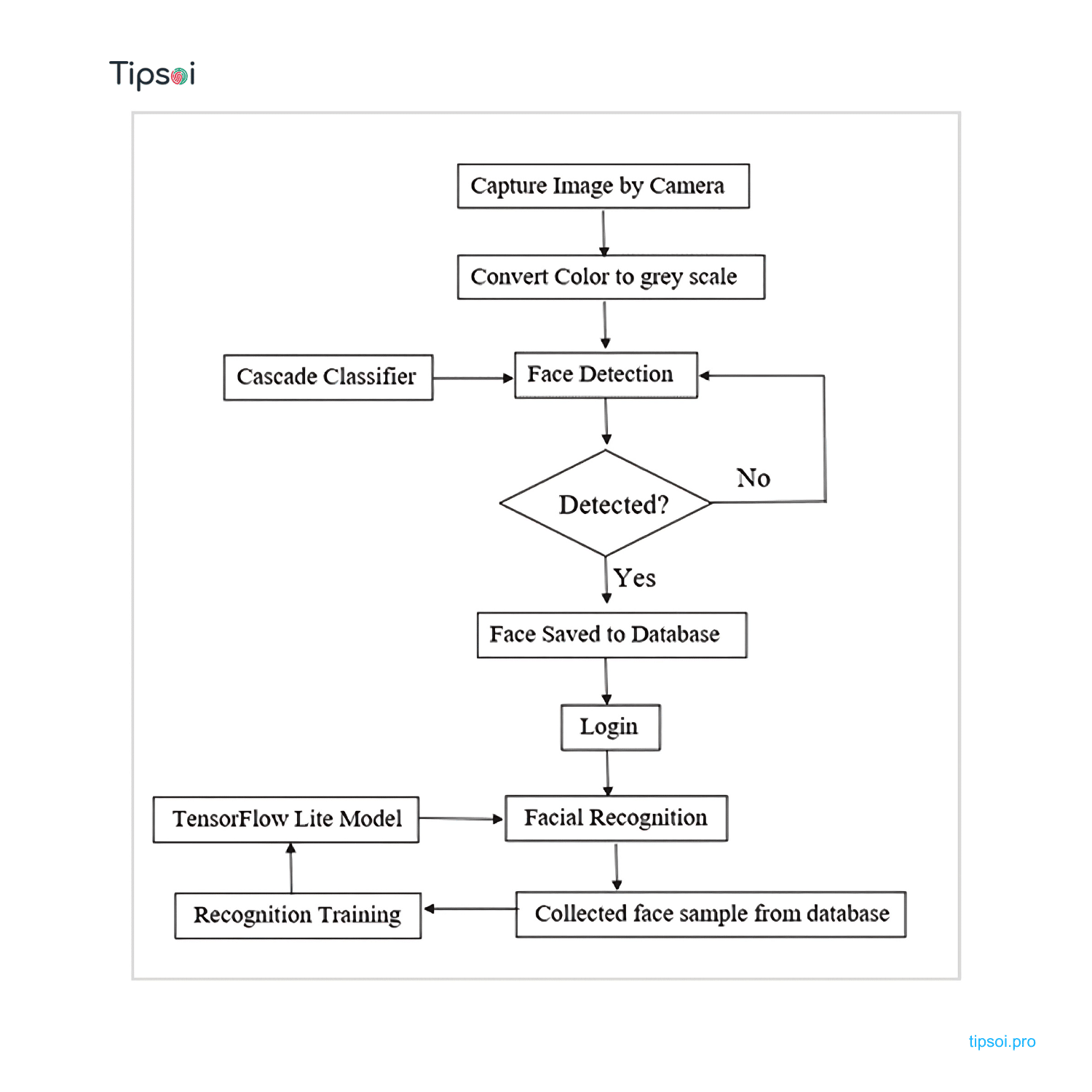
The following video demonstrates how police cameras leverage facial recognition technology to identify and track individuals in real-time. It provides a practical example of how the process outlined in the flowchart is applied in law enforcement scenarios.
Key Benefits and ROI of Facial Recognition for Public Safety
KEY PERFORMANCE METRICS
- Accuracy Rate: 95-99.7% in real-world applications
- Processing Speed: 0.3 seconds per identification
- Crime Reduction: 35-50% average decrease
- ROI Timeline: 18-24 months typical payback
- False Positive Rate: <0.1% with advanced algorithms
- Real-Time Threat Detection
Facial recognition enables authorities to identify potential threats instantly by matching faces against criminal databases. This reduces response time and improves the likelihood of preventing incidents. - Enhanced Accuracy
Unlike manual identification methods, facial recognition minimizes human error. Its advanced algorithms ensure precise identification, even in crowded or high-pressure environments. - Improved Efficiency
Automating tasks like monitoring and identity verification saves time and resources for security personnel, allowing them to focus on critical tasks. - Crime Prevention and Investigation
By identifying individuals with criminal records or analyzing surveillance footage, facial recognition aids in both preventing crimes and solving cases faster. - Scalability
Facial recognition systems can be implemented in various settings, from small businesses to large public spaces, making them versatile and adaptable.
Current Accuracy Standards
Current facial recognition systems in 2024-2025 achieve remarkable accuracy rates of 99.7% in controlled environments such as access control points, and 95-98% in challenging real-world conditions, including crowded public spaces, varying lighting, and partial face obstruction. Leading systems now maintain less than 0.1% false positive rates, a significant improvement from 2-3% rates seen in 2020-era systems.
Implementation Investment Analysis
When evaluating facial recognition providers, organizations should prioritize vendors like Tipsoi who offer comprehensive bias testing, regulatory compliance support, and transparent accuracy reporting to ensure successful deployment outcomes.
Facial recognition implementation costs vary significantly by scale: small facilities (1-10 cameras) cost $10,000-$50,000, medium deployments (50-100 cameras) range $100,000-$300,000, while city-wide systems cost $500,000-$2 million. Ongoing costs include software licensing ($5,000-$50,000 annually), maintenance (10-15% of initial cost), and staff training ($2,000-$10,000 per operator).
Facial Recognition vs Traditional Security Methods
Facial recognition significantly outperforms traditional security across key metrics: accuracy (95-99.7% vs 70-80% for manual surveillance), speed (0.3 seconds vs 3-5 minutes for identification), coverage (24/7 automated monitoring vs limited human shifts), and scalability (unlimited simultaneous monitoring vs 1 guard per 16-20 cameras). While initial costs are higher, operational savings typically achieve ROI within 18-24 months.
Financial Impact and ROI
Facial recognition ROI in public safety averages 200-400% within 3 years through multiple value streams: reduced security personnel costs (30-50% savings), decreased crime losses (35-50% reduction), faster incident response (60% time reduction), and improved investigation efficiency (70% faster case resolution). Most organizations achieve break-even within 18-24 months, with annual savings of $100,000-$500,000 for medium-scale deployments.
Legal Requirements, Privacy Challenges, and Ethical Guidelines for Facial Recognition
IMPLEMENTATION BEST PRACTICES
- Establish clear privacy policies and consent mechanisms
- Implement bias testing and algorithm auditing
- Ensure GDPR/CCPA compliance for data handling
- Regular accuracy assessments across demographic groups
- Transparent public reporting on usage and outcomes
Challenges of Facial Recognition Technology
Privacy Concerns
Facial recognition systems often collect and store sensitive biometric data, raising concerns about how this data is used, shared, or stored. Unauthorized access or misuse of this information can lead to privacy violations.Bias and Accuracy Issues
Studies have shown that facial recognition algorithms can sometimes exhibit bias, leading to inaccuracies in identifying individuals from certain demographic groups. This raises questions about fairness and reliability.Over-Surveillance Risks
Excessive use of facial recognition in public spaces may lead to a “surveillance state,” where individuals feel constantly monitored, potentially infringing on personal freedoms.Data Security Risks
Storing large amounts of biometric data makes systems vulnerable to cyberattacks. A breach could expose sensitive information, leading to identity theft or other security issues.
Ethical Considerations
Balancing Security and Privacy
While facial recognition enhances public safety, it must be implemented responsibly to avoid infringing on individual rights. Governments and organizations need clear policies to balance these priorities.Transparency and Accountability
Organizations using facial recognition should be transparent about how the technology is used and held accountable for its outcomes. Public awareness and consent are crucial.Regulatory Frameworks
Governments should establish regulations to ensure ethical use of facial recognition technology, addressing concerns like data protection, bias mitigation, and oversight mechanisms.
Legal Compliance Framework
Facial recognition legal requirements include: federal compliance with Fourth Amendment protections, state biometric privacy laws (Illinois BIPA, Texas CUBI, Washington FBPA), municipal restrictions (San Francisco, Boston bans), GDPR compliance for EU data subjects, and sector-specific regulations (TSA for airports, FERPA for schools). Key requirements include consent mechanisms, data retention limits, bias testing, and public notification policies.
Why Use Facial Recognition for Safety?
It can help a lot. When bad things happen, it can find who did it. It can also stop bad things before they happen. If a camera sees someone who may do something bad, it can tell the police. This way, the police can come and help. It’s good for places with many people. Like airports or big events.
How Does Facial Recognition Help?
Think about a big city. Lots of people are there. The police can’t watch everyone. But cameras with facial recognition can. They work all the time. They don’t get tired. They can see if someone is where they should not be. This helps the police to know where to go and what to do.
Is It Safe to Use?
Some people worry. They think, “What about my privacy?” This is a good question. The people who make these systems, like Tipsoi Biometric Solution, are careful. They make rules to protect people. They make sure the system is used in a good way. They want to keep people safe. Not just from bad things, but also safe in their private lives.
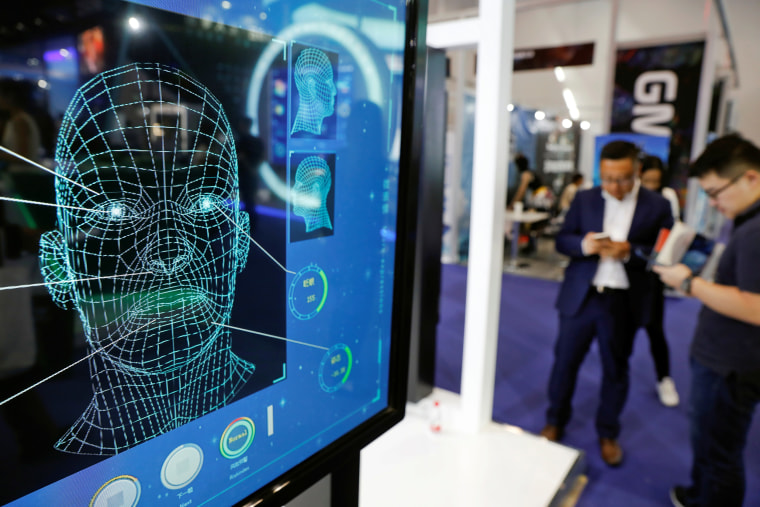
How to Use Facial Recognition the Right Way
Using it the right way is key. There are steps to do this. We must follow these steps. It’s not just about putting up cameras. We have to think about people’s rights too.
- Make Clear Rules: What can and can’t be done with the cameras? Who can look at the pictures? These rules must be clear.
- Use It for Good: Only use facial recognition to help people. Not to be nosy or mean.
- Keep Data Safe: The pictures and info must be kept safe. No one who should not see it can see it.
- Be Fair: Treat everyone the same. No picking on anyone for how they look or where they come from.
- Check the System: Make sure it works right. Make sure it does not make mistakes with faces.
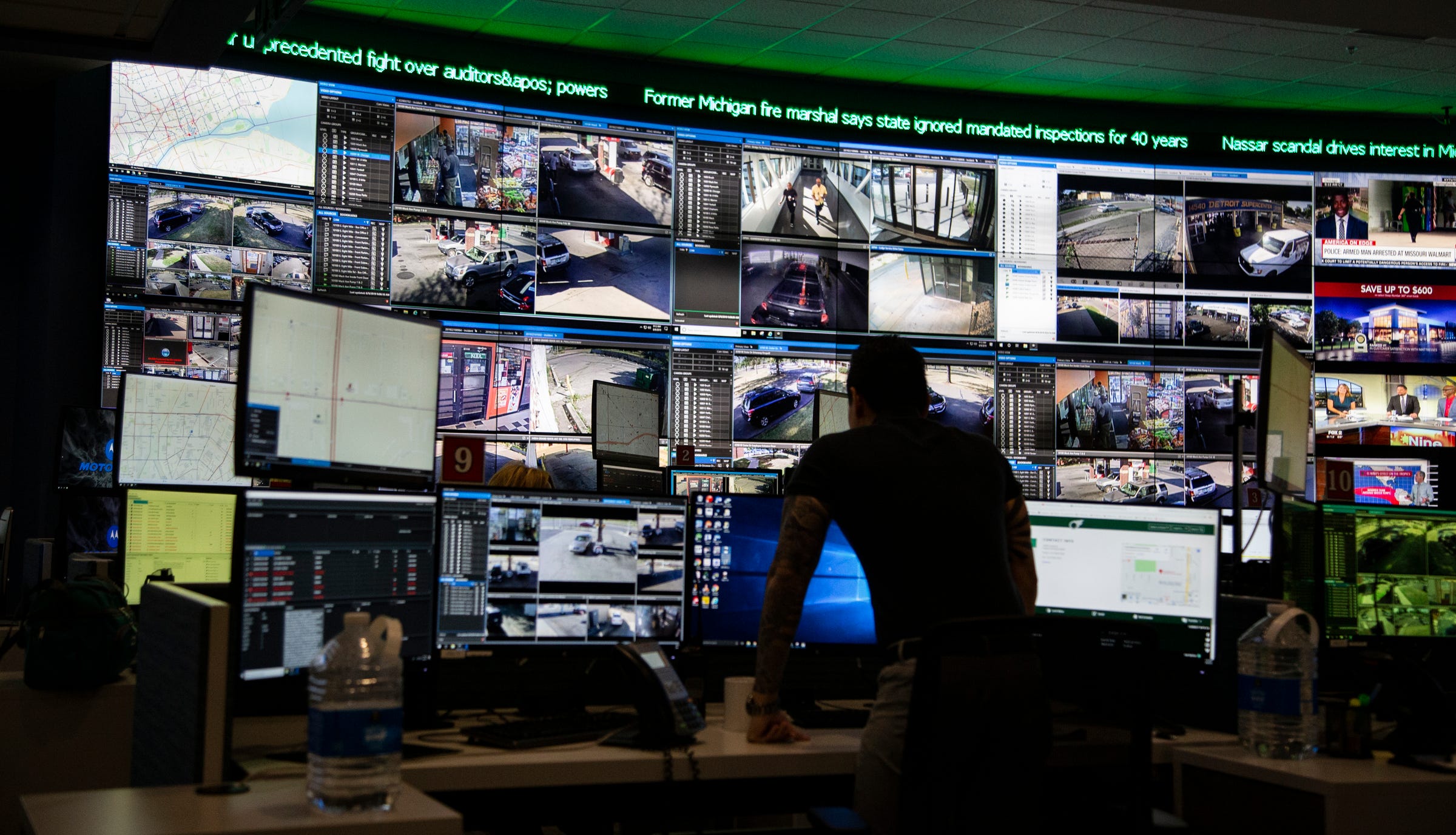
Success Stories
There are many times when this has helped. For example, in one city, cameras saw a lost child. They told the police. The police found the child fast. This was good. The child was safe because of the cameras.
In another place, cameras saw someone who took things from a store. The police could see who it was. They went to the person and got the things back. This made the store happy. It showed that cameras can help stop theft.
Ready to explore how facial recognition can enhance your organization’s public safety capabilities? Tipsoi’s biometric experts can provide a customized assessment of your security needs and ROI projections based on your specific use case and environment.
What Does the Future Hold?
Facial recognition is getting better. It will help more as time goes on. But we must use it the right way. We must keep talking about how to use it best. We must always think about keeping people safe and free. Building on its current capabilities, facial recognition technology is poised to revolutionize various industries. Here are some specific areas where its future applications could make a significant impact:
- Integration with Smart Cities
Facial recognition will play a pivotal role in smart city initiatives, helping with traffic flow management, public safety, and urban planning through real-time data analysis from surveillance systems. - Healthcare Advancements
In healthcare, facial recognition could be used for patient identification, monitoring health conditions through facial analysis, and detecting early signs of diseases like Parkinson’s or Alzheimer’s. - Retail Personalization
Retailers may adopt facial recognition to enhance customer experiences by recognizing returning shoppers and offering personalized recommendations or discounts based on their preferences. - Enhanced Border Security
Border control systems will become faster and more secure with advanced facial recognition, reducing reliance on physical documentation while ensuring accurate identity verification. - Education and Remote Learning
In education, facial recognition could monitor student engagement during online classes or ensure exam integrity by verifying student identities.
Frequently Asked Questions
How Does Facial Recognition Improve Public Safety?
Facial recognition technology helps quickly identify individuals in public spaces, enhancing safety by spotting potential threats faster.
Can Facial Recognition Reduce Crime Rates?
Yes, by deterring criminal activity and aiding in the swift identification and apprehension of suspects, facial recognition can help lower crime rates.
What Are The Privacy Concerns With Facial Recognition Surveillance?
Concerns include the potential for misuse of data, lack of consent from surveilled individuals, and risks of false positives leading to wrongful accusations.
How Accurate Is Facial Recognition For Surveillance?
The accuracy of facial recognition can vary, but advancements in technology are continually improving its reliability for surveillance purposes.
What is the accuracy rate of facial recognition technology in 2025?
Modern facial recognition systems achieve 99.7% accuracy in controlled environments and 95-98% accuracy in real-world conditions. This represents a significant improvement from 85-90% accuracy rates seen in earlier systems from 2020-2022.
How much does facial recognition implementation cost for public safety?
Facial recognition implementation costs range from $10,000-$50,000 for small-scale deployments to $500,000-$2 million for city-wide systems. However, ROI typically occurs within 18-24 months through reduced security personnel costs and crime prevention savings.
Is facial recognition legal for public safety use?
Facial recognition legality varies by jurisdiction. In the US, federal use is generally permitted for security purposes, though cities like San Francisco and Boston have restrictions. Organizations must comply with biometric privacy laws like Illinois BIPA and ensure proper consent and data protection measures.
Enhance Public Safety with Tipsoi’s Biometric Solutions
Facial recognition technology has the potential to revolutionize public safety by enabling real-time threat detection, improving security, and streamlining processes. At Tipsoi, we specialize in biometric solutions that empower organizations to harness this transformative technology responsibly and effectively.
How Tipsoi Can Help
- Facial Recognition Systems: For real-time threat detection and improved monitoring in high-risk areas like airports, stadiums, and public spaces.
- Access Control Solutions: Ensure only authorized individuals can enter restricted zones with our cutting-edge biometric systems.
- Customizable Biometric Platforms: Tailored to fit your specific requirements while maintaining compliance with privacy and ethical standards.

